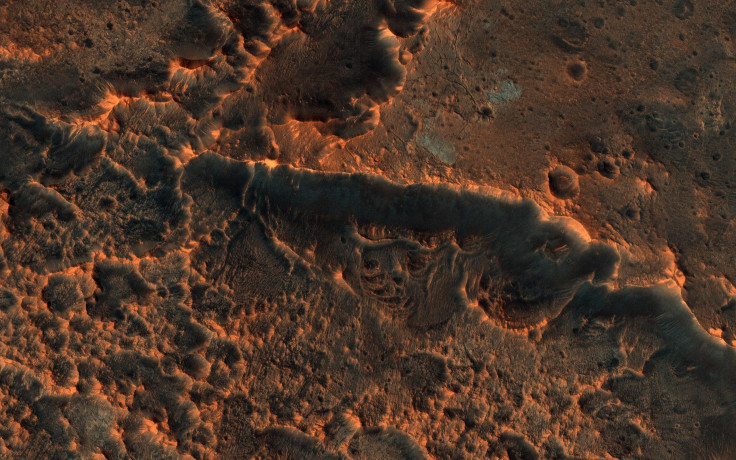Mars And Moon Soil Could Support Crops, Researchers Reveal

A team of researchers was able to successfully grow different species of crops on soil samples that are similar to those found on Mars and the Moon. The successful experiment could help space agencies establish a steady food supply for future Martian and lunar human colonies.
In an experiment led by Wieger Wamelink of the Netherlands’ Wageningen University and Research, he and his colleagues tried if they could grow crops using soil samples or simulants developed by NASA. These soil simulants mimic the regolith found on Mars and the Moon.
For the experiment, the researchers tried to cultivate 10 different crops including spinach, tomato, leeks and peas. Surprisingly, almost all of the crops the researchers planted grew successfully. The researchers also noted that the crops they harvested from the soil simulants were edible.
“The major goal of this project was to cultivate and harvest crops on these Mars and Moon simulants,” the researchers stated in the abstract of their study, which was published in the online journal De Gruyter.
“Ten different crops, garden cress, rocket, tomato, radish, rye, quinoa, spinach, chives, pea and leek were sown in random lines in trays,” they continued. “Nine of the ten species grew well with the exception of spinach. It was possible to harvest edible parts for nine out of ten crops.”
According to Wamelink, the experiment clearly indicates that it is possible to grow crops using the soil found on Mars and the Moon. The discovery could be very useful for space agencies such as NASA especially since establishing a steady food supply is one of the main issues of maintaining a human colony in space.
“We were thrilled when we saw the first tomatoes ever grown on Mars soil simulant turning red,” Wamelink said in a statement. “It meant that the next step towards a sustainable closed agricultural ecosystem had been taken.”
Of course, given the atmospheric conditions on Mars and the Moon, growing in these cosmic regions most likely requires establishing a biosphere that mimics Earth’s environment. Through this, space colonists will be able to plant and harvest Earth crops while using the readily available soil in their new homeworld.
© Copyright IBTimes 2025. All rights reserved.





















